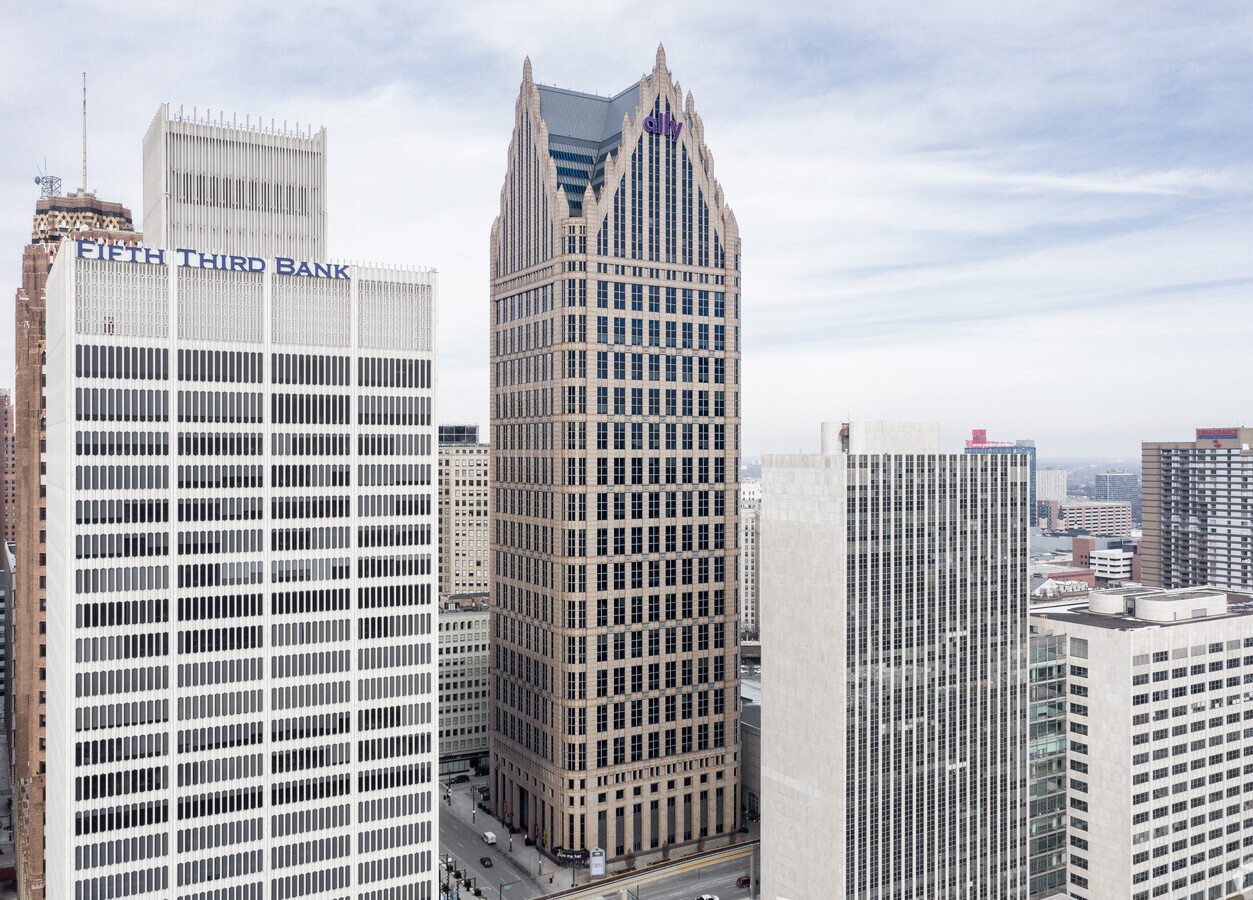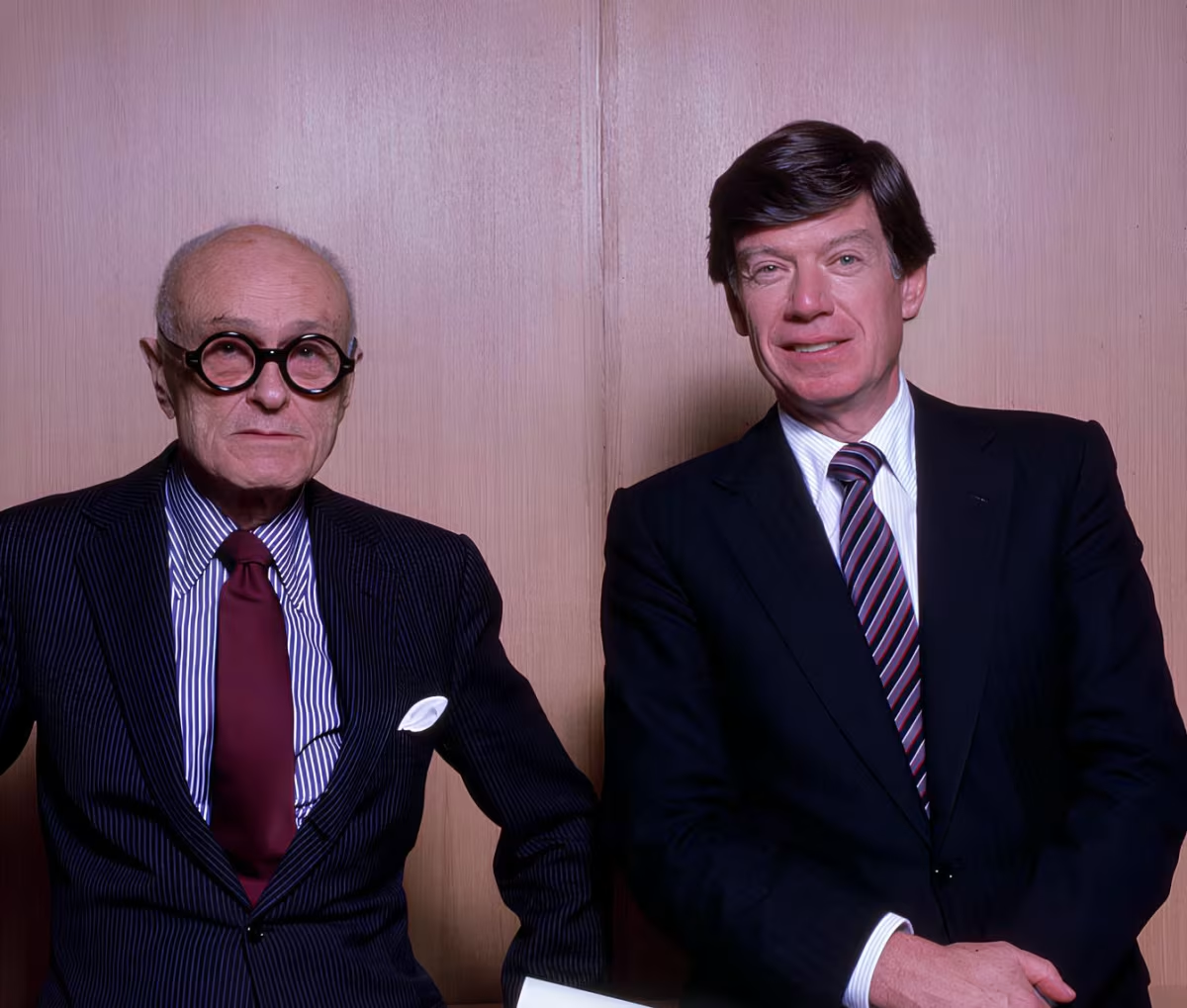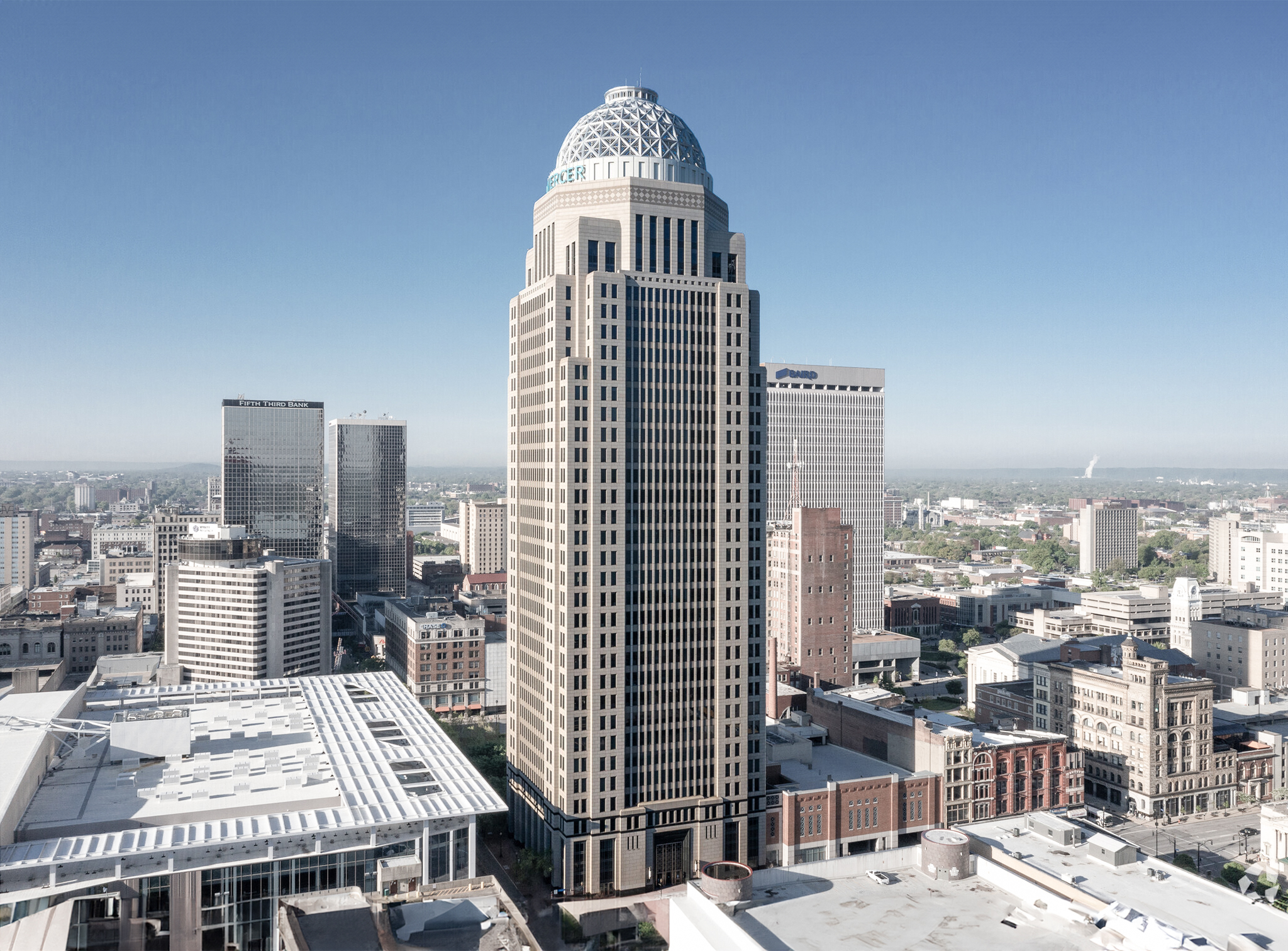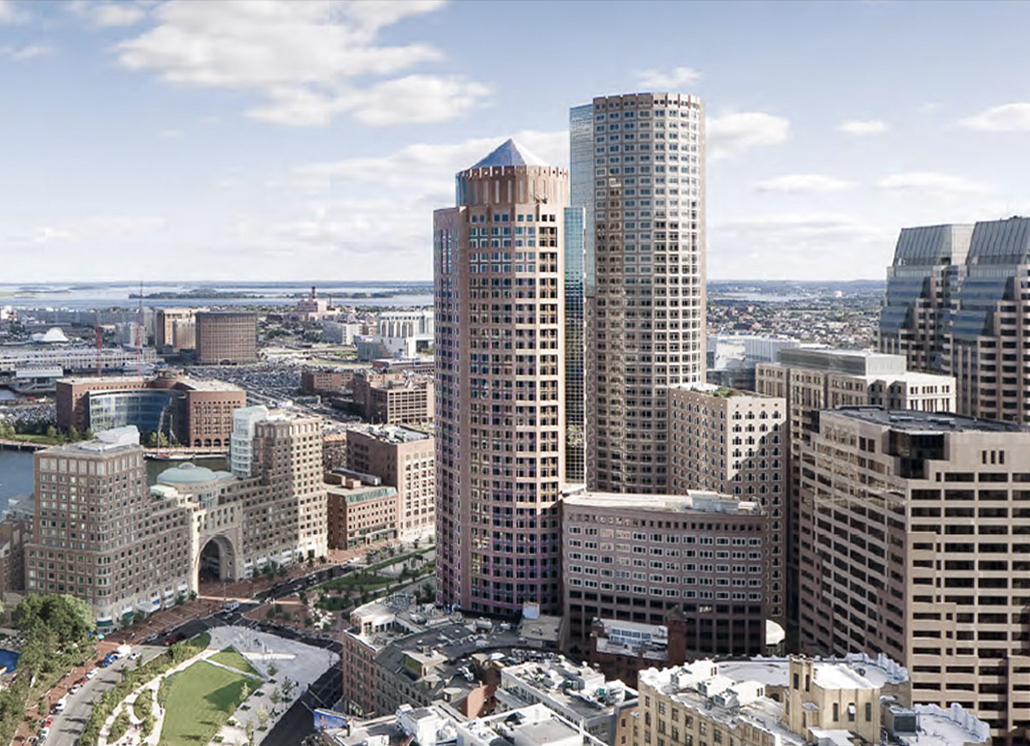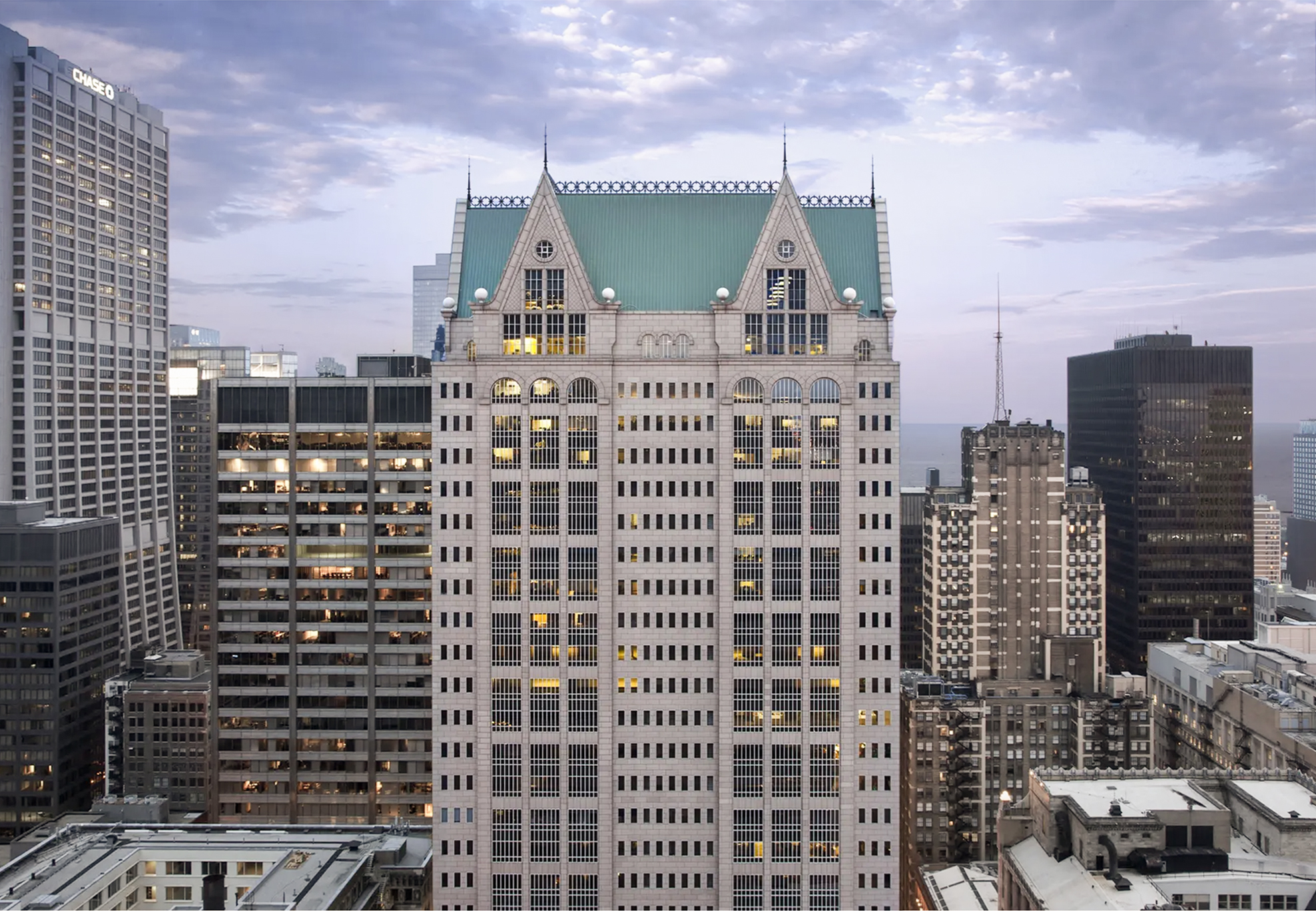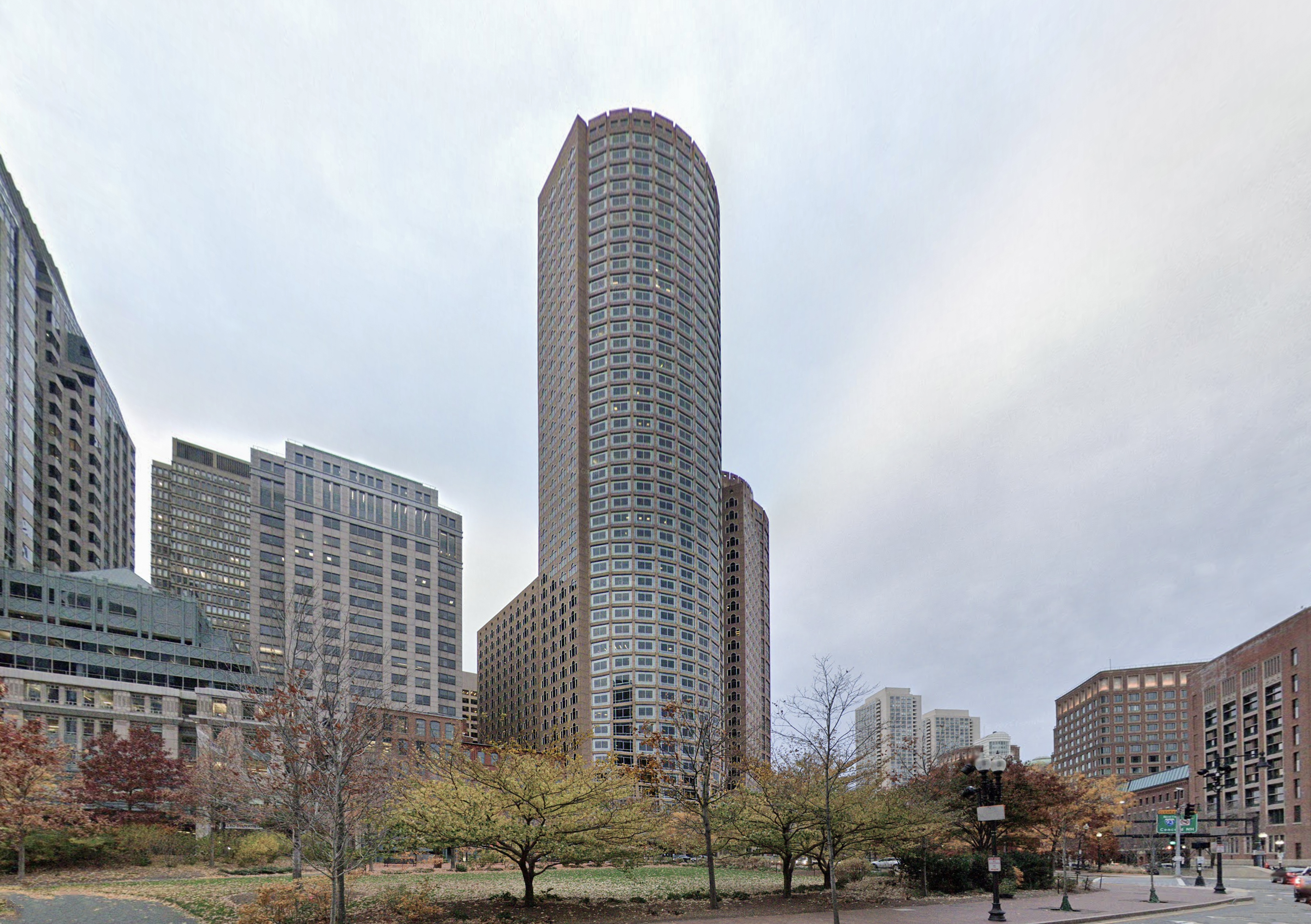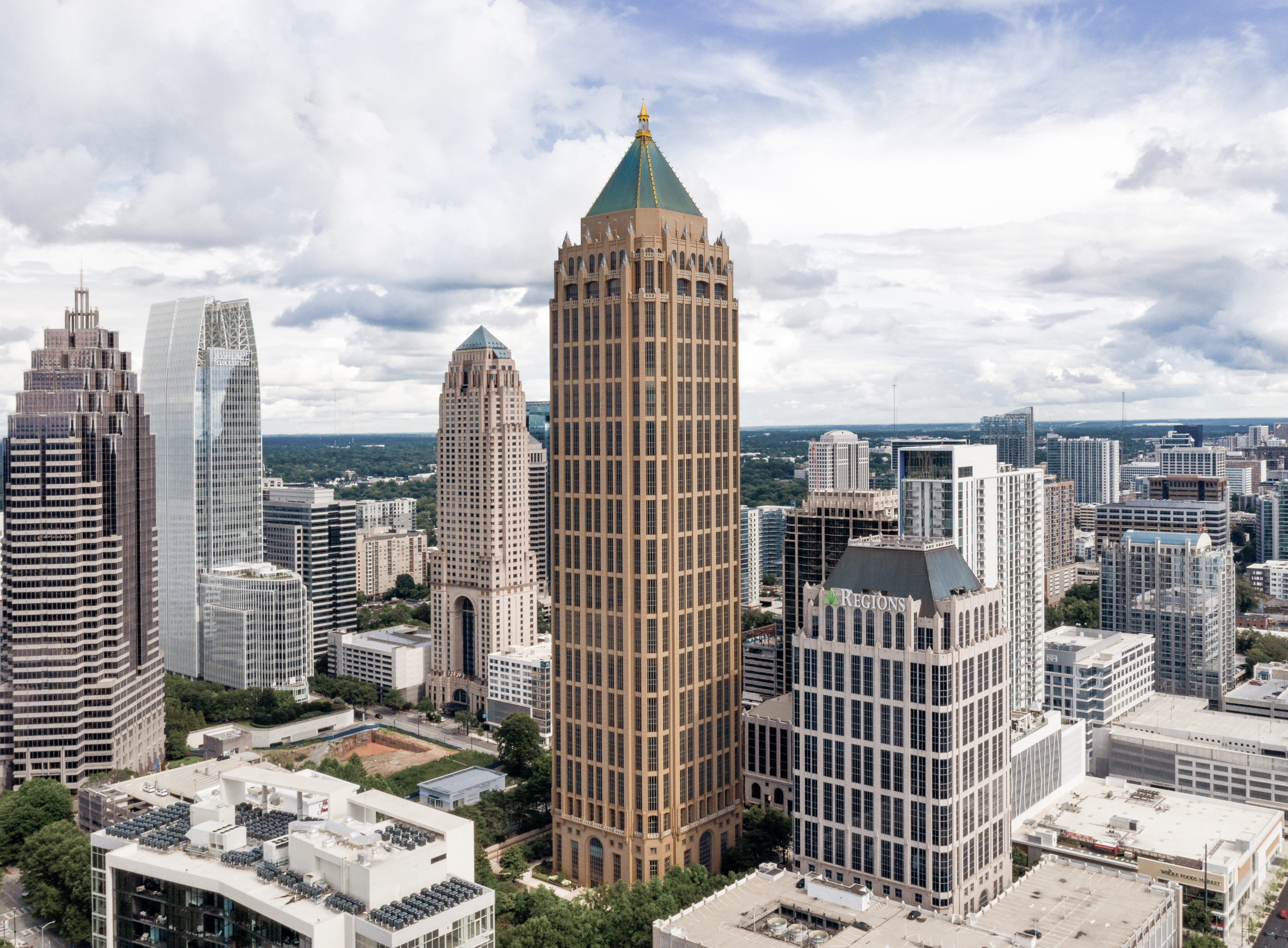The Ally Detroit Center is a Postmodernist skyscraper designed by Johnson/Burgee Architects, in association with Kendall/Heaton Associates, and built between 1991 and 1993 in Detroit, MI.
Ally Detroit Center is not the only name you might know this building by though. It is common for companies to want to attach their names to iconic buildings when they move in, or for the general public to come up with nicknames, and this one is no exception. The building has changed names several times over the years, and is also known as:
- One Detroit Center between 2012 and 2015.
- Comerica Tower between 1993 and 2012.
Its precise street address is 500 Woodward Avenue, Detroit, MI. You can also find it on the map here.
In 1996 the Ally Detroit Center was awarded with the Construction and Design Award For Excellence.
